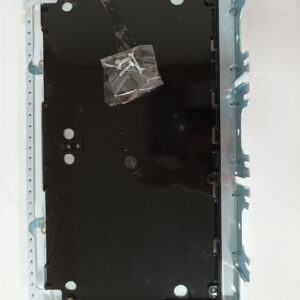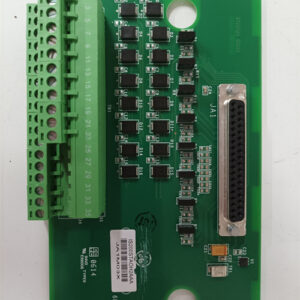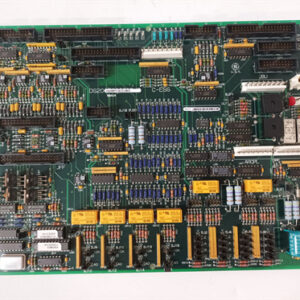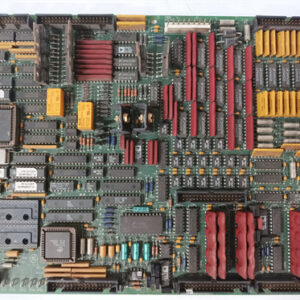الوصف
The GE DS215KLDCG1AZZ03A is a specialized Display Card with Firmware for IOS (Input/Output Station), a key component within the GE Speedtronic Mark V series of turbine and generator control systems. Its primary function is to serve as a high-level communication and processor module for the operator interface.
1. Function and Purpose
The DS215KLDCG1AZZ03A is a core part of the IOS+/IEI units in the Mark V series. These units are typically mounted on a control panel and provide the essential human-machine interface (HMI) for operators. This board’s functions are more complex than simply driving a display; it is a communication and processor hub in its own right. Its key roles include:
- Communication Processor: It acts as the DLAN (Drive Local Area Network) communication processor for the IOS+ and IEI units. It handles data traffic between the operator interface and the main control system.
- Operator Interface Management: It provides the interface for the operator keypad and display, managing both the visual output and the input from the keypad. It features a keyboard microprocessor (KUP) that handles key, display, and LED functions, which allows the main control processor to focus on critical control logic.
- System Integration: The board connects to various system components, including the main processor and communication card (like the DMCB), and also supports optional modules for expanded I/O and communication networks (like the ARCNET-based DLAN+ and Genius Local Area Network controller).
2. Technical and Design Features
The DS215KLDCG1AZZ03A is a complex circuit board with advanced features for its time, designed for a high-reliability industrial environment.
- Firmware: The “w/firmware” designation is crucial, as it means the board is shipped with pre-installed software that defines its functionality and communication protocols. This makes it a “plug-and-play” component.
- Dual-Processor Architecture: The board is confirmed to have a dual-processor architecture. A dominant microprocessor (DUP), typically an Intel 80C186, handles general processing, while a dedicated LAN microprocessor (LUP), an 80C196, handles all the communication tasks. This separation of duties improves efficiency and reliability.
- Physical Features: The board is populated with various components, including integrated circuits, EPROMs (for firmware storage), and multiple connectors. It also features LEDs for basic diagnostics and mounting holes for secure installation.
- Robustness: The board is designed for industrial use, and its integrated circuitry requires anti-static procedures when handling.
3. Applications and Importance
The DS215KLDCG1AZZ03A is a fundamental component of the GE DC2000 series, which is used for turbine and generator excitation control. Its ability to manage complex communication paths and provide a reliable HMI is crucial for a plant’s safe and efficient operation. Without this board, the IOS+/IEI units would not be able to function, and the operator would lose their primary local interface to the system.
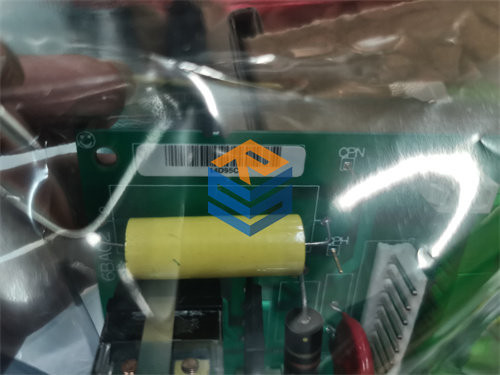

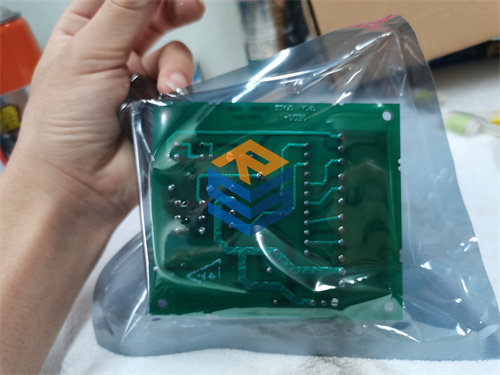

 +86 15340683922
+86 15340683922 +86 15340683922
+86 15340683922